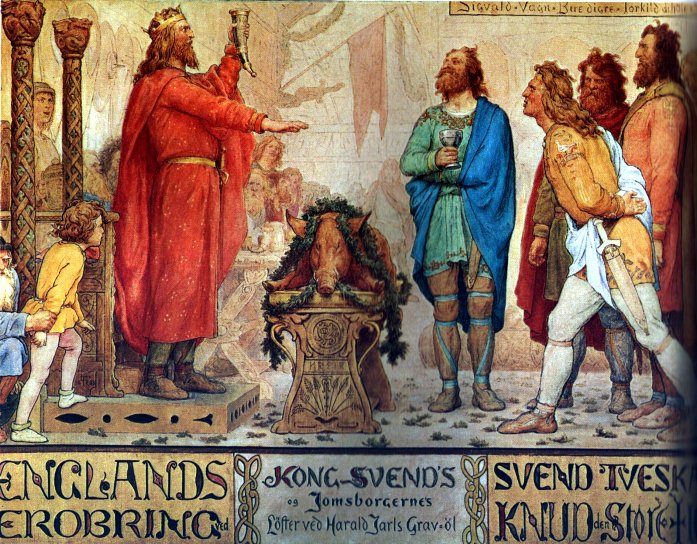by Susan Flantzer
© Unofficial Royalty 2019

King Charles III of the United Kingdom (born 1948)
(All photos credits – Wikipedia unless otherwise noted)
Charles is the eldest of the four children of Queen Elizabeth II of the United Kingdom and Prince Philip, Duke of Edinburgh, born a Prince of Greece and Denmark. His paternal grandparents are Prince Andrew of Greece, son of King George I of Greece (born Prince Vilhelm of Denmark, son of King Christian IX of Denmark) and Princess Alice of Battenberg, daughter of Prince Ludwig of Battenberg (later Louis Mountbatten, 1st Marquess of Milford Haven) and Princess Victoria of Hesse and by Rhine. Charles’ maternal grandparents are King George VI of the United Kingdom and Lady Elizabeth Bowes-Lyon, daughter of Claude Bowes-Lyon, 14th of Strathmore. Charles is a descendant of two children of Queen Victoria. His father is the great-grandson of Prince Alice of the United Kingdom who married Ludwig IV, Grand Duke of Hesse and by Rhine. His mother is the great-granddaughter of King Edward VII of the United Kingdom who married Princess Alexandra of Denmark, daughter of King Christian IX of Denmark.
Charles attended Trinity College, Cambridge University, where he studied anthropology, archaeology, and history. He was the first heir apparent to the British throne to earn a university degree. Prince Charles served in both the Royal Navy and the Royal Air Force and trained as a helicopter pilot and a jet pilot.
Charles married Lady Diana Spencer, daughter of John Spencer, 8th Earl Spencer. The couple had two sons Prince William and Prince Harry. Unfortunately, Charles and Diana’s marriage was not the fairy tale marriage it was expected to be. Within five years, the couple’s incompatibility and age difference of almost 13 years, as well as Diana’s concern about Charles’s previous girlfriend, Camilla Parker Bowles, became visible and was damaging to their marriage. Audiotapes showing evidence of Diana’s own extramarital affairs also surfaced. The couple divorced in 1996 and tragically, just a year later, Diana died in a car accident.
Following the divorces of both Charles and Camilla Parker Bowles, Charles let it be known that his relationship with Camilla was “non-negotiable.” He knew that the relationship was causing much negative publicity and he had Mark Bolland, his Deputy Private Secretary, work on the rehabilitation of Camilla’s image which occurred from 1999 until 2005. In 2005, Charles and Camilla married. After her second marriage, Camilla automatically received the female counterparts of her husband’s titles, including Princess of Wales. However, because the title Princess of Wales is so strongly associated with the previous holder of that title, Diana, Princess of Wales, Camilla adopted the feminine form of her husband’s highest-ranking subsidiary title, Duke of Cornwall, so she was styled Her Royal Highness The Duchess of Cornwall and The Duchess of Rothesay when she was in Scotland. When Charles succeeded to the throne, his wife was styled Her Majesty Queen Consort Camilla.
Charles shares his 22 first cousins with his siblings Anne, The Princess Royal; Prince Andrew, The Duke of York; and Prince Edward, The Duke of Edinburgh.
********************
Paternal Aunts of King Charles III: Children of Prince Andrew of Greece and Princess Alice of Battenberg
- Princess Margarita of Greece, Princess of Hohenlohe-Langenburg (1905 – 1981), married Gottfried, 8th Prince of Hohenlohe-Langenburg, had four sons and one daughter
- Princess Theodora of Greece, Margravine of Baden (1906 – 1969), married Berthold, Margrave of Baden, had two sons and one daughter
- Princess Cecilie of Greece, Hereditary Grand Duchess of Hesse (1911 – 1937), married Georg Donatus, Hereditary Grand Duke of Hesse, had two sons and one daughter
- Princess Sophie of Greece, Princess of Hesse, Princess of Hanover (1914 – 2001), married (1) Prince Christoph of Hesse, killed on active duty during World War II, had three daughters and two sons (2) Prince Georg Wilhelm of Hanover, had two sons and one daughter
********************
Maternal Aunt of King Charles III: Child of King George VI of the United Kingdom and Lady Elizabeth Bowes-Lyon
- Princess Margaret, Countess of Snowdon (1930 – 2002), married and divorced Antony Armstrong-Jones, 1st Earl of Snowdon, had one son and one daughter
********************
Paternal First Cousins of King Charles III: Children of Princess Margarita of Greece, Princess of Hohenlohe-Langenburg and Gottfried, 8th Prince of Hohenlohe-Langenburg
Kraft, 9th Prince of Hohenlohe-Langenburg (1935 – 2004)
Kraft was trained as a forest manager and banker and became titular Prince of Hohenlohe-Langenburg upon the death of his father in 1960. He married Princess Charlotte of Croÿ, daughter of Prince Alexander of Croÿ and Anne Elspeth Campbell. They had two daughters and one son and divorced after 25 years of marriage. Kraft made a second, childless marriage to Irma Pospesch.
Kraft and his siblings are descendants of Queen Victoria through both of their parents. Their paternal grandmother was Princess Alexandra of Edinburgh and Saxe-Coburg and Gotha, granddaughter of Queen Victoria. Their paternal grandmother was Princess Alice of Battenberg, a great-granddaughter of Queen Victoria.
********************
Princess Beatrix of Hohenlohe-Langenburg (1936 – 1997), unmarried
********************
Prince Georg Andreas of Hohenlohe-Langenburg (1938 – 2021)
Georg Andreas married Princess Luise of Schönburg-Waldenburg and had two daughters.
********************
Prince Rupprecht of Hohenlohe-Langenburg (1944 – 1978), unmarried
********************
Prince Albrecht of Hohenlohe-Langenburg (1944 – 1992)
Prince Albrecht married Maria-Hildegard Fischer and had one son.
********************
Paternal First Cousins of King Charles III: Children of Princess Theodora of Greece, Margravine of Baden and Berthold, Margrave of Baden
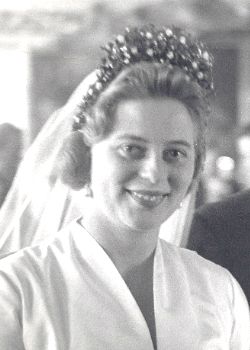
Princess Margarita of Baden (1932 – 2013)
Margarita trained as a nurse at St. Thomas Hospital in London, England. While attending the coronation of Queen Elizabeth II, her aunt by marriage, she met Prince Tomislav, a member of the exiled Yugoslav royal family and also a descendant of Queen Victoria. The couple eventually married and had one son and one daughter. Margarita and Tomislav lived near Billingshurst, Sussex, England where they owned a fruit farm. Their marriage ended in divorce after 24 years of marriage. Margarita attended the wedding of Prince William and Catherine Middleton at Westminster Abbey in 2011 as William was the son of her first cousin, Prince Charles.
********************

Maximilian, Margrave of Baden (1933 – 2022)
Maximilian attended the Schule Schloss Salem, the school that his father and educator Kurt Hahn founded. After his schooling, he did his military service as a reserve officer candidate of the Bundeswehr, the unified armed forces of Germany. After active service, he remained a colonel with the reserves. Maximilian married Archduchess Valerie of Austria, daughter of Archduke Hubert Salvator of Austria and Princess Rosemary of Salm-Salm. They had three sons and one daughter. The family runs the Winery of the Margrave of Baden.
Prince Ludwig of Baden (born 1937)
Ludwig married Princess Anna Maria of Auersperg-Breunne and had two daughters and one son.
********************
Paternal First Cousins of King Charles III: Children of Princess Cecilie of Greece, Hereditary Grand Duchess of Hesse and Georg Donatus, Hereditary Grand Duke of Hesse
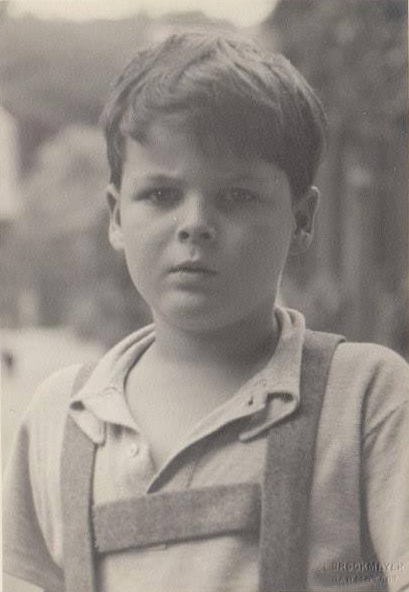
Prince Ludwig of Hesse and by Rhine (1931 – 1937)
Ludwig was the first great-great-great-grandchild of Queen Victoria. He died at the age of six in an airplane crash along with his parents, his brother Alexander and his paternal grandmother Princess Eleonore of Solms-Hohensolms-Lich, the last Grand Duchess of Hesse and by Rhine. See Unofficial Royalty: November 16, 1937 – Deaths of the Grand Ducal Family of Hesse and by Rhine.
********************

Prince Alexander of Hesse and by Rhine (1933 – 1937)
Alexander died at the age of four in an airplane crash that killed his family except for his younger sister Johanna who was not on the airplane.
********************

Princess Johanna with her aunt and uncle Prince Ludwig and Princess Margaret; Photo: The Esoteric Curiosa
Princess Johanna of Hesse and by Rhine (1936 – 1939)
Johanna became an orphan when she was fourteen months old when her parents, her two elder brothers, and her paternal grandmother were killed in an airplane crash in Belgium as they were on their way to the wedding of her uncle Prince Ludwig of Hesse and by Rhine and Margaret Geddes in London, England. Ludwig and Margaret adopted Johanna and planned to raise her as their own daughter. However, she developed meningitis less than two years after the airplane accident and died.
********************
Paternal First Cousins of King Charles III: Children of Princess Sophie, Princess of Hesse and her first husband Prince Christoph of Hesse
Embed from Getty Images
Princess Christina Margarethe with her mother and her daughter
Princess Christina Margarethe of Hesse (1933 – 2011)
Christina Margarethe, known as Krista, and her siblings lost their father during World War II. Prince Christoph of Hesse was the fifth and the youngest son (and twin of Prince Richard of Hesse) of Prince Friedrich Karl of Hesse and Princess Margaret of Prussia, a granddaughter of Queen Victoria. Christoph was a German SS officer and was killed on active duty in a plane crash during World War II. Two of his four brothers had been killed in World War I.
Krista attended the coronation of Queen Elizabeth II of the United Kingdom. She spent the winter of 1955-1956 living in London, studying the restoration of paintings. A year earlier, Krista had met Prince Andrew of Yugoslavia, youngest son of King Alexander I of Yugoslavia and Princess Maria of Romania, in Portugal, and she met up with him in London. Krista and Andrew married and had one son and one daughter. Five years after the marriage, Krista left Andrew to live with a Dutch artist Robert Floris van Eyck. Andrew began divorce proceedings and obtained custody of their two children. Krista married Robert Floris van Eyck and they had one son and one daughter. They divorced after 24 years of marriage.
********************
Princess Dorothea of Hesse (born 1934)
Embed from Getty Images
Princesses Christine and Dorothea of Hesse at a fitting for their dresses to be worn to the coronation of Elizabeth II
Dorothea married Prince Friedrich Karl of Windisch-Grätz and had two daughters.
********************
Prince Karl of Hesse (1937 – 2022)
Embed from Getty Images
Prince Karl with his sisters Christina and Dorothea
Karl married Countess Yvonne Szapáry von Muraszombath, Széchysziget und Szapár and had one son and one daughter.
********************
Prince Rainer of Hesse (born 1939)
Rainer is a German historian and director. He had an apprenticeship as an assistant at the Staatstheater Darmstadt and at the Münchner Kammerspiele and has worked over the years directing plays. As a historian, he has earned a reputation for studying the history of his own family. He funded Jonathan Petropoulos, an American historian who writes about the Nazi period in Germany, as he was researching and writing Royals and the Reich, which depicts the role of the House of Hesse in the Third Reich.
- Wikipedia: Prince Rainer of Hesse (in German)
********************
Embed from Getty Images
Princess Clarissa on the right with her parents
Princess Clarissa of Hesse (born 1944)
Clarissa married Jean-Claude Derrien and had one daughter.
********************
Paternal First Cousins of King Charles III: Children of Princess Sophie of Greece, Princess of Hanover and her second husband Prince Georg Wilhelm of Hanover
Prince Welf Ernst of Hanover (1947 – 1981)
Welf and his siblings were the children of Princess Sophie of Greece and her second husband Prince Georg Wilhelm of Hanover, son of Ernst August, Duke of Brunswick and Princess Viktoria Luise of Prussia, only daughter of Wilhelm II, German Emperor and King of Prussia. Their father’s sister was Queen Frederica of Greece and so they are the first cousins of King Constantine II of Greece, Queen Sofia of Spain and Princess Irene of Greece.
Welf married Wibke van Gunsteren and they had one daughter. Welf and his wife became disciples of the Indian mystic Bhagwan Shree Rajneesh also known as Osho. They took the names Vimalkirti (“Spotless Splendor”) and Wibke Prem Turiya (“Spiritual Love”) and moved with their daughter to Poona, India to live in Osho’s ashram. In 1979, the couple divorced but continued to live together in India. Welf died at a clinic in Poona, India from a cerebral hemorrhage after collapsing during a morning karate practice session. After Welf’s death, his daughter was brought to England by her grandparents so she could have a normal education.
********************

Prince Georg and his wife Victoria Bee with Georg’s grandmother Viktoria Luise of Prussia, Duchess of Brunswick, daughter of Wilhelm II, German Emperor
Prince Georg of Hanover (born 1949)
Georg married American Victoria Anne Bee, daughter of Robert Bee and Countess Eleonore Fugger von Babenhausen. The couple had two daughters.
********************
Princess Friederike of Hanover, Mrs. Jerry Cyr (born 1954)
Princess Friederike of Hanover is a godchild of her aunt by marriage, Queen Elizabeth II. She attended Simon Fraser University in British Columbia, Canada and remained in Canada. Friederike married Jerry William Cyr, son of Gordon Paul Cyr and Emma Grandbois in Vancouver, Canada. The couple had one daughter and one son.
********************
Maternal First Cousins of King Charles III: Children of Princess Margaret, Countess of Snowdon and Antony Armstrong-Jones, 1st Earl of Snowdon

David Armstrong-Jones, 2nd Earl of Snowdon with his daughter
David Armstrong-Jones, 2nd Earl of Snowdon (born 1961)
During his secondary education at Bedales School in Steep, Hampshire, England, David developed an interest in arts and crafts. He then studied the craft of woodworking at Parnham College in Beaminster, Dorset, England, now known as the Architectural Association School of Architecture. David has had a career as a furniture designer and maker and set up his own company LINLEY in 1985.
David married The Honorable Serena Stanhope, a daughter of Charles Stanhope, 12th Earl of Harrington. The couple separated and intend to divorce. They had two children Charles Armstrong-Jones, Viscount Linley, who served as the First Page of Honor of his great-aunt, Queen Elizabeth II, and Lady Margarita Armstrong-Jones, who was a bridesmaid at the wedding of Prince William and Catherine Middleton.
David does not have an official role, but he does take part in Royal Family events, such as the Trooping of the Color. In 2002, while his grandmother Queen Elizabeth The Queen Mother was lying in state at Westminster Hall, David, along with his first cousins The Prince of Wales, The Duke of York, and The Earl of Wessex, stood guard around their grandmother’s coffin.
********************
Lady Sarah Armstrong-Jones Chatto (born 1964)
Sarah attended Bedales School where she developed an interest in art. Her interest in art led her to attend the Camberwell College of Arts followed by coursework in Printed Textiles at Middlesex Polytechnic, before completing her studies at Royal Academy Schools where she won the Winsor & Newton Prize for emerging artists in painting and drawing and the Creswick Landscape Prize.
Sarah married Daniel Chatto, son of actor Tom Chatto and theatrical agent Ros Chatto. With both of his parents in show business, it was not unusual for Daniel to try his hand at acting. One of his roles was as Prince Andrew in an American TV movie Charles & Diana: A Royal Love Story. His acting career lasted from 1981-1988. Like his wife Sarah, Daniel became an artist.
Sarah and Daniel had two sons, Samuel and Arthur. Like his cousin Charles Armstrong-Jones, Arthur also served as the First Page of Honor of his great-aunt, Queen Elizabeth II.
********************
This article is the intellectual property of Unofficial Royalty and is NOT TO BE COPIED, EDITED, OR POSTED IN ANY FORM ON ANOTHER WEBSITE under any circumstances. It is permissible to use a link that directs to Unofficial Royalty.
Works Cited
-
- Lundy, D. (2019). Main Page. [online] Thepeerage.com. Available at: http://www.thepeerage.com/. (for genealogy information)
- Unofficial Royalty. (2019). Unofficial Royalty. [online] Available at: https://www.unofficialroyalty.com. (for biographical and genealogy information)
- Wikipedia. (2019). Main Page. [online] Available at: https://en.wikipedia.org/. (for biographical and genealogy information)









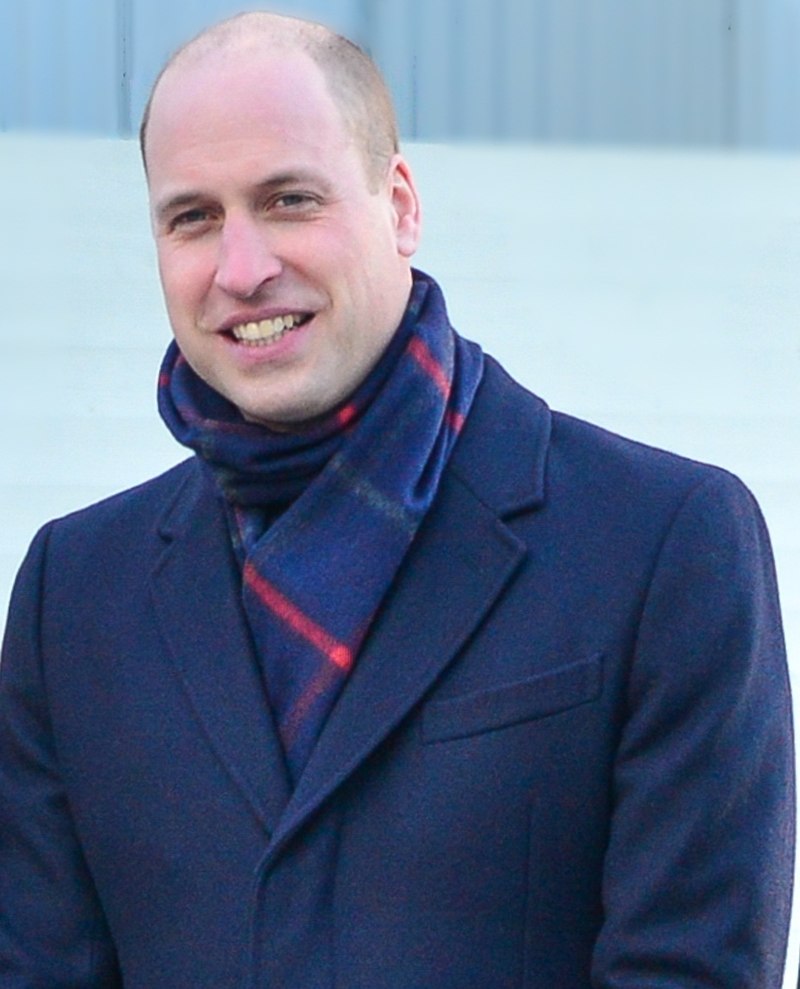










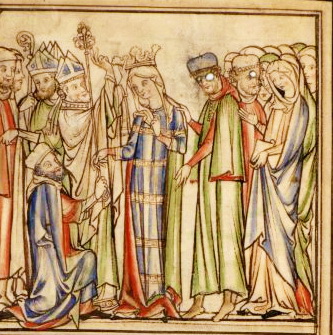




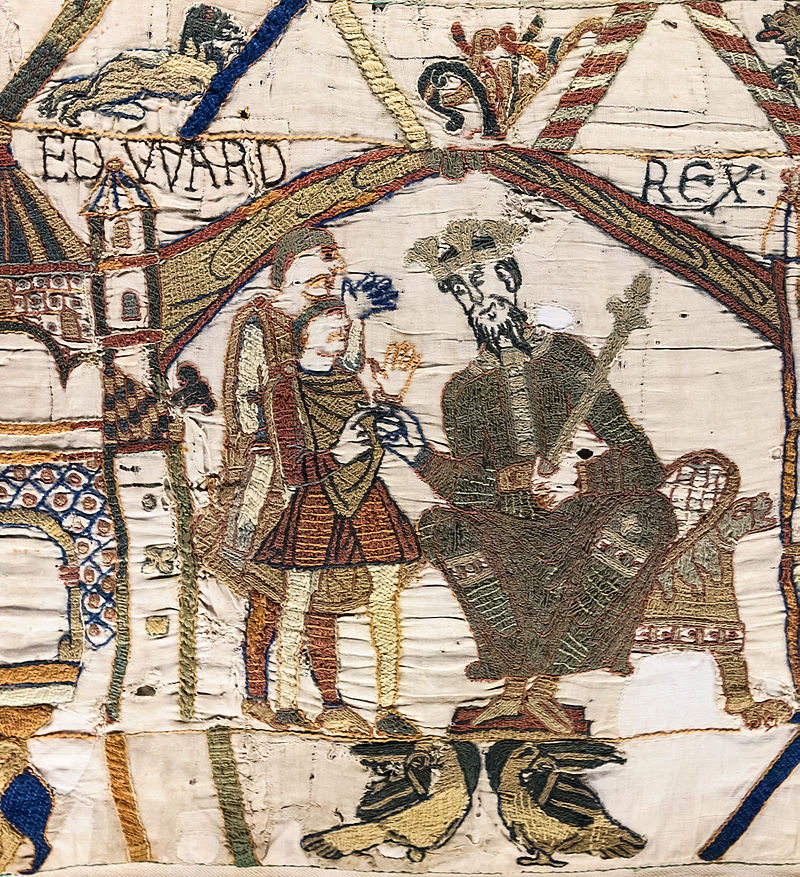


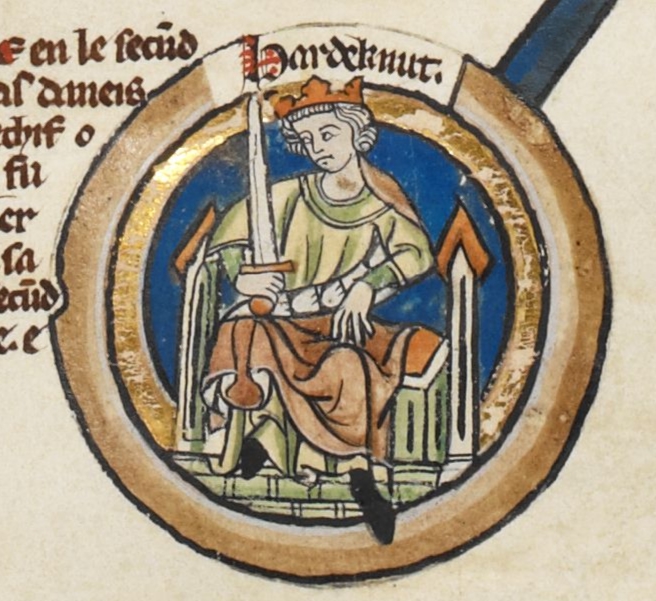


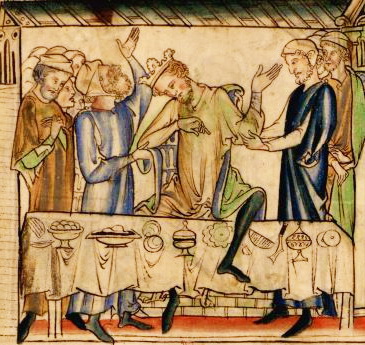



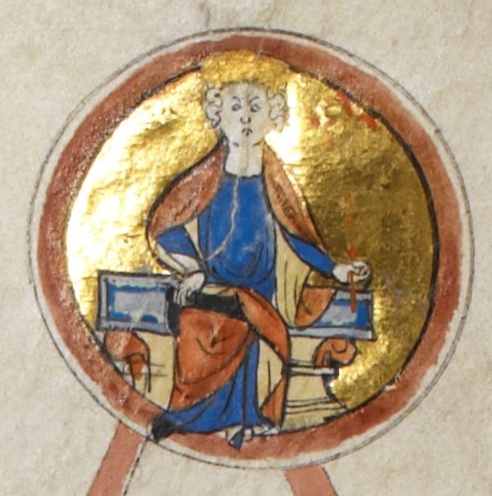





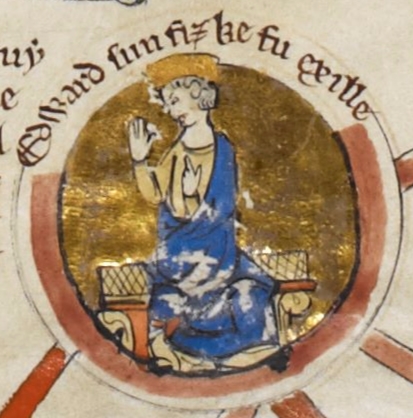
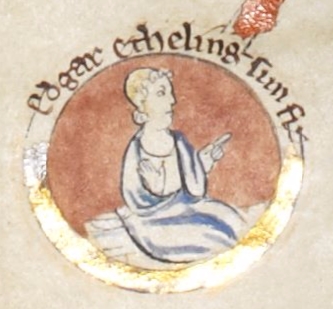


 (
(
